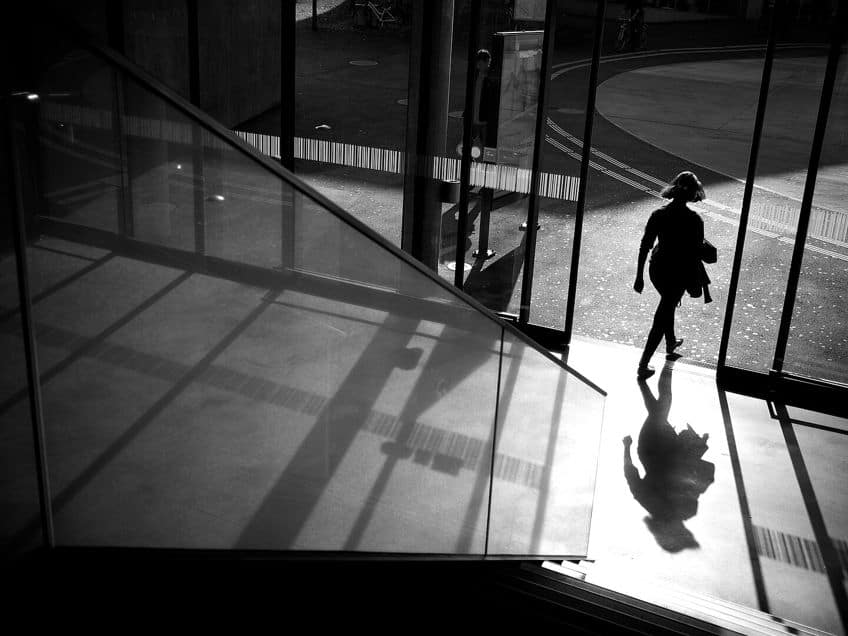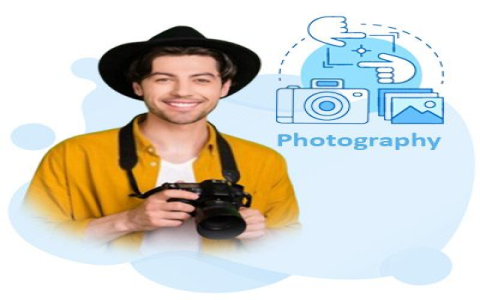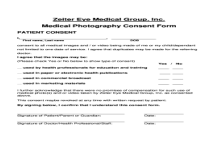Alright guys, so today I’m gonna walk you through something I’ve been messing with lately – natural framing. I’m no pro, but I’ve been trying to incorporate it into my shots, and I thought I’d share what I’ve learned so far.

It all started a couple of weeks back. I was flipping through some photography books (yeah, real books!), and I kept seeing these shots that just felt…different. They had this depth and a way of drawing you in, and a lot of the time, it was because of the way they used natural framing. I was like, “Okay, I gotta try this out!”
So, the first thing I did was just start looking. I mean, really looking at my surroundings. I went out to the park near my house, camera in hand, and tried to see the world in terms of frames. Trees, arches, even just shadows – anything that could potentially frame my subject. It felt kinda weird at first, like I was trying too hard, but I quickly realized that it’s all about training your eye.
My first attempt was a total flop, haha. I saw this cool-looking tree branch hanging low, and I thought, “Perfect, I’ll frame my dog underneath it!” But the branch was too distracting, and the lighting was terrible. The photo just looked cluttered and awkward. Lesson learned: not every frame is a good frame!
I didn’t give up, though. The next day, I went back and tried again. This time, I focused on finding something simpler. I spotted an old stone archway. It was perfect! I got my dog to sit right in the center of the arch, and the photo turned out way better. The arch created a clear frame, drew the eye to my dog, and added depth to the shot.
Here’s what I realized – lighting is key. If the light is bad, even the best natural frame won’t save your photo. I started paying more attention to how the light was falling on my subject and on the frame itself. I tried shooting at different times of day to see how the light changed, and that made a huge difference.

I also started experimenting with different angles. Sometimes, a slight change in perspective can completely transform a shot. I found that shooting from a lower angle often made the natural frame look more dramatic and imposing.
One of my favorite discoveries was using foliage as a natural frame. Leaves, branches, even tall grass can create a beautiful, soft frame around your subject. It adds a touch of nature and makes the photo feel more organic.
Another thing I learned is that less is often more. You don’t always need a perfectly symmetrical frame. Sometimes, a subtle hint of a frame is enough to draw the eye and add interest to the photo.
I’m still learning, of course, but natural framing has definitely become a tool in my photography arsenal. It’s a great way to add depth, draw attention to your subject, and create a more visually appealing photo. So, get out there, start looking for those natural frames, and experiment! You might be surprised at what you discover.
Tips I picked up along the way:

- Pay attention to the light.
- Experiment with different angles.
- Look for simple, uncluttered frames.
- Don’t be afraid to break the rules.
- Practice, practice, practice!










